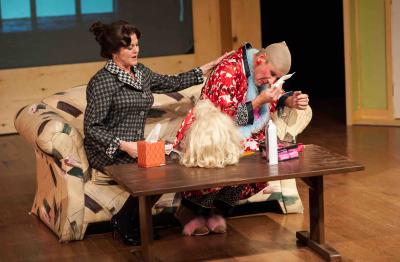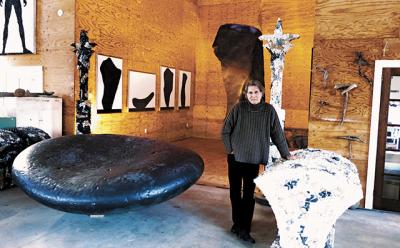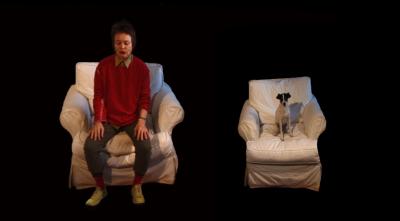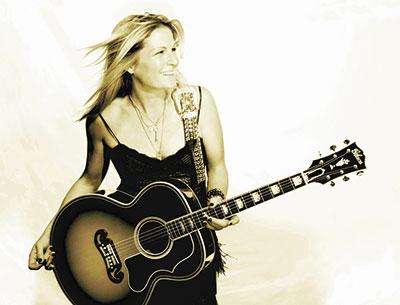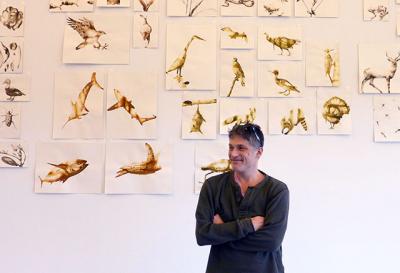Ted Rall: The Revolution Will Be Graphic
Ted Rall: The Revolution Will Be Graphic

“In America today, what we are seeing is the disappearance of the great middle class,” said Senator Bernie Sanders, a candidate for the Democratic Party’s nomination for president. At the same time, Mr. Sanders continued, nearly all of the new wealth created is going to the top 1 percent. The rich are getting richer, and the gap between them and everyone else continues to expand. In order for that to change, “we need a political revolution in this country.”
The Occupy Wall Street phenomenon of 2011 may have disintegrated after police, coordinated by the Department of Homeland Security, forcibly cleared “the 99 percent” from Zuccotti Park, near Wall Street in Manhattan. Or, perhaps, the protest was only a prelude to that revolution Mr. Sanders both advocates and represents.
Ted Rall, a political cartoonist, graphic novelist, and author known for his intensely critical view of the American government, has produced several graphic journals bluntly chronicling recent history, among them “The Book of Obama: From Hope and Change to the Age of Revolt,” “After We Kill You, We Will Welcome You Back as Honored Guests: Unembedded in Afghanistan,” and, with the journalist and author Greg Palast, “Billionaires & Ballot Bandits: How to Steal an Election in Nine Easy Steps.” Last year, he produced “Snowden,” an account of Edward Snowden, the former C.I.A. employee who revealed numerous global surveillance programs run by the governments of the United States and other countries.
With “Bernie,” a graphic novel about the presidential candidate that will be released on Tuesday, Mr. Rall issues what he expects to be the second in a trilogy representing a departure from his previous work. He will talk about his new book at the Amagansett Library on Wednesday from 6 to 7 p.m.
“I’m always criticizing what others are doing wrong, how the system sucks,” Mr. Rall, who lives in East Hampton, said last week. “People always criticize me for not putting up an alternative. Snowden, to me, was real, unvarnished, as pure a hero as you could have: He risked everything for an important principle bigger than himself.”
The positive reception given “Snowden,” he said, prompted an exploration for another, “someone really admirable who is trying to effect change in a different way. I thought about Bernie. Snowden is a rebel; Bernie is a rebel within the system that’s managed to stay pure. He hasn’t gotten disgustingly corrupted, the way Hillary did.”
Indeed, Mr. Sanders, Mr. Rall suggests, represents a progressive alternative to Hillary Clinton, the Democratic Party’s establishment candidate and frontrunner for the nomination. “She’s a warmonger,” Mr. Rall said of the former senator, secretary of state, and first lady. “She never met a war she didn’t like, from Bosnia to Libya and Syria. She hasn’t learned any lessons. She supported all these wars that have created all sorts of chaos, and killed hundreds of thousands for no good reason. I can’t look past that.”
In “Bernie,” Mr. Rall offers both a biography of the self-described Democratic Socialist senator from Vermont and a history of the Democratic Party since the 1972 presidential election, in which Richard Nixon was re-elected in a 49-states-to-1 landslide. Conservative Democrats, most of them from Southern states, seized the party’s reins, and the “New Left” that emerged in the late 1960s was marginalized. Efforts to help the poor were out; reliance on corporate money was in. “Affirming the soon-to-be cliché that given the choice between a fake conservative and a real conservative people will vote for the real one,” President Jimmy Carter’s defeat at the hands of the Republican candidate, Ronald Reagan, was “humiliatingly broad,” Mr. Rall writes. Reagan won two landslide elections in the 1980s, and his vice president, George H.W. Bush, easily won the next one.
The two-term presidencies of the Democrats Bill Clinton and Barack Obama, Mr. Rall argues, represent the triumph of the “centrist counterrevolution” perpetrated by pro-business Democrats. Mr. Obama’s staffing choices and the federal bailout of banks responsible for the 2008 financial meltdown, through “out-of-control lending practices and widespread corruption,” are among the evidence he cites.
Once upon a time, Mr. Rall posits, Occupy Wall Street might have been incorporated into government and influenced policy. “But not in 2011,” he writes. “Liberals were barely tolerated within the Democratic Party. When party bigwigs talked to them at all, it was to tell them to shut up.”
Enter Mr. Sanders, “long ridiculed and marginalized by the mainstream political class and its allies in the media.” Polls indicate that ideas advocated by the senator, such as government regulation of business and more even income distribution, are popular with voters.
With Elizabeth Warren, the progressive senator from Massachusetts, on the sidelines, Mr. Sanders announced his candidacy last April.
“Bernie’s crowds were huge and getting bigger,” Mr. Rall writes. “Meanwhile, support for the ‘inevitable’ Hillary Clinton seemed more dutiful than enthusiastic.” Current polls show Mr. Sanders and Mrs. Clinton neck and neck in the upcoming Iowa caucus and New Hampshire primary.
“Bernie” is not a hagiography, Mr. Rall said. The antiwar left’s criticism of Mr. Sanders’s support for Israel and Mr. Obama’s targeted assassination of suspected terrorists aren’t excluded from the narrative. “His finest moment was not during the Gaza war,” Mr. Rall said. “The point is, people need to understand that whether you like Bernie or not, he represents an important moment in American politics.”
Whatever one’s political persuasion, “Bernie” is quick and thoroughly entertaining, delivering both an incisive read of post-Vietnam War political history and Mr. Rall’s distinct, abstract comic art.

